Marketing Environmental Scan for Tablets: A Comprehensive Analysis
VerifiedAdded on 2022/09/18
|5
|1076
|17
Homework Assignment
AI Summary
This assignment presents a comprehensive marketing environmental scan focused on the tablet product category. It meticulously analyzes various external factors impacting the market, including competitive forces, regulatory frameworks, economic conditions, socio-cultural trends, technological advancements, and demographic influences. The analysis delves into the competitive landscape, identifying key players like Apple, Samsung, and others, while also considering indirect competitors such as laptops and phablets. Regulatory forces, such as governmental norms and industry standards, are examined for their impact on manufacturing, distribution, and e-waste management. Economic factors, including GDP, unemployment, and inflation rates, are evaluated for their influence on tablet sales and market investment. Socio-cultural forces, like the paperless lifestyle trend and the increasing dependence on digital systems, are also considered. Furthermore, the assignment explores the role of technological advancements and demographic groups, particularly the tech-savvy Generation Y and Z, in shaping the tablet market. The analysis is supported by relevant references, providing a well-rounded understanding of the tablet market environment.
1 out of 5
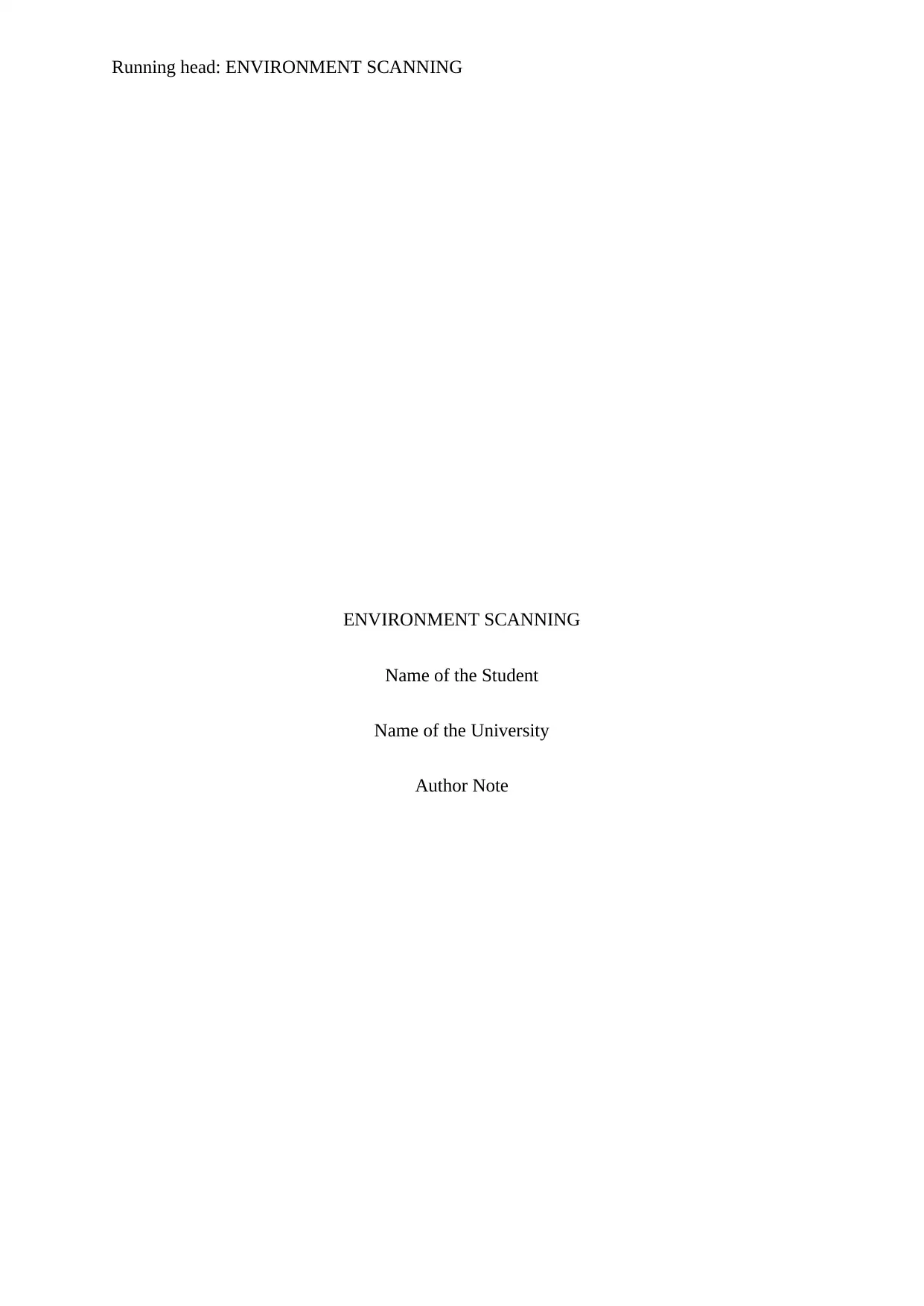
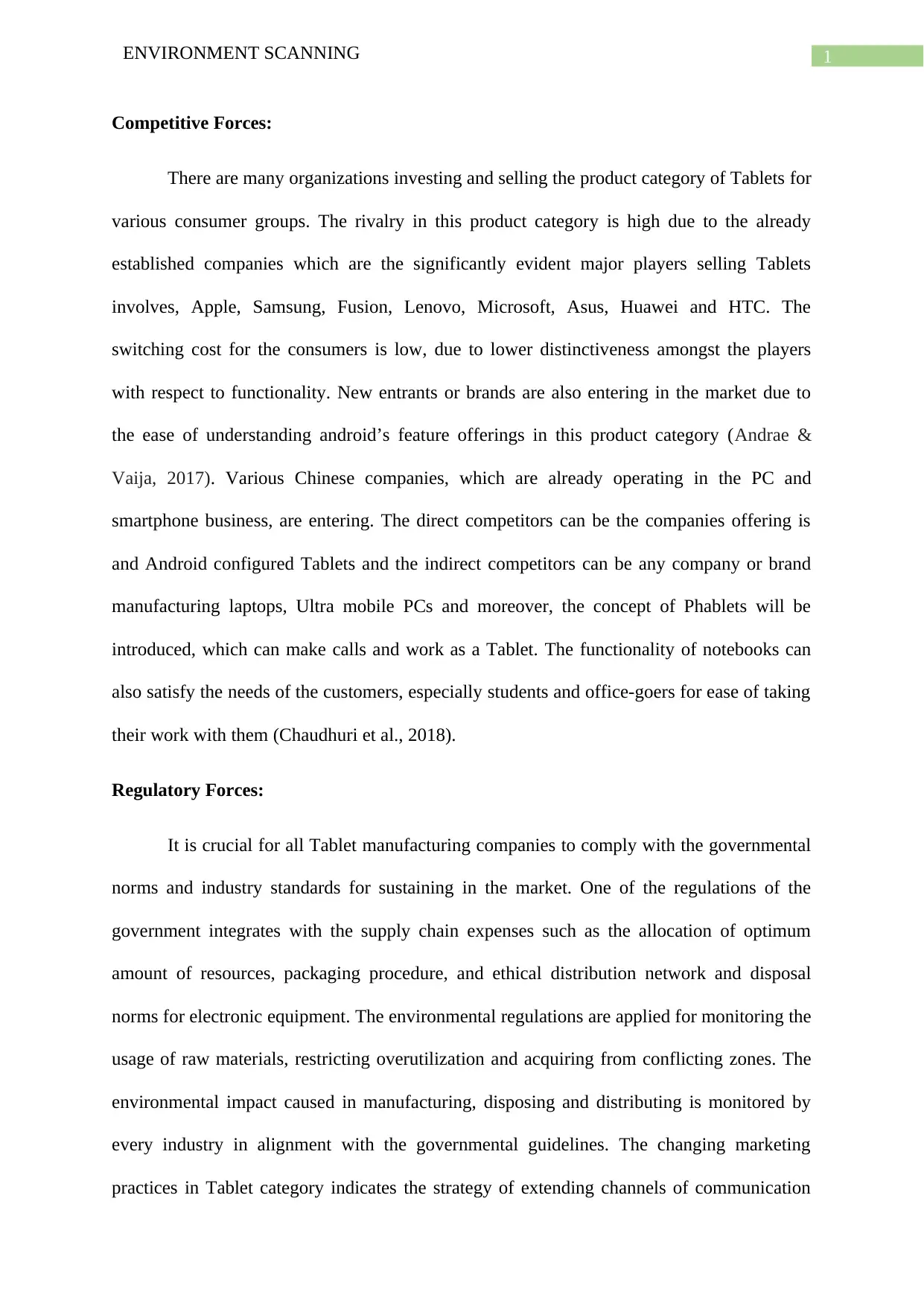
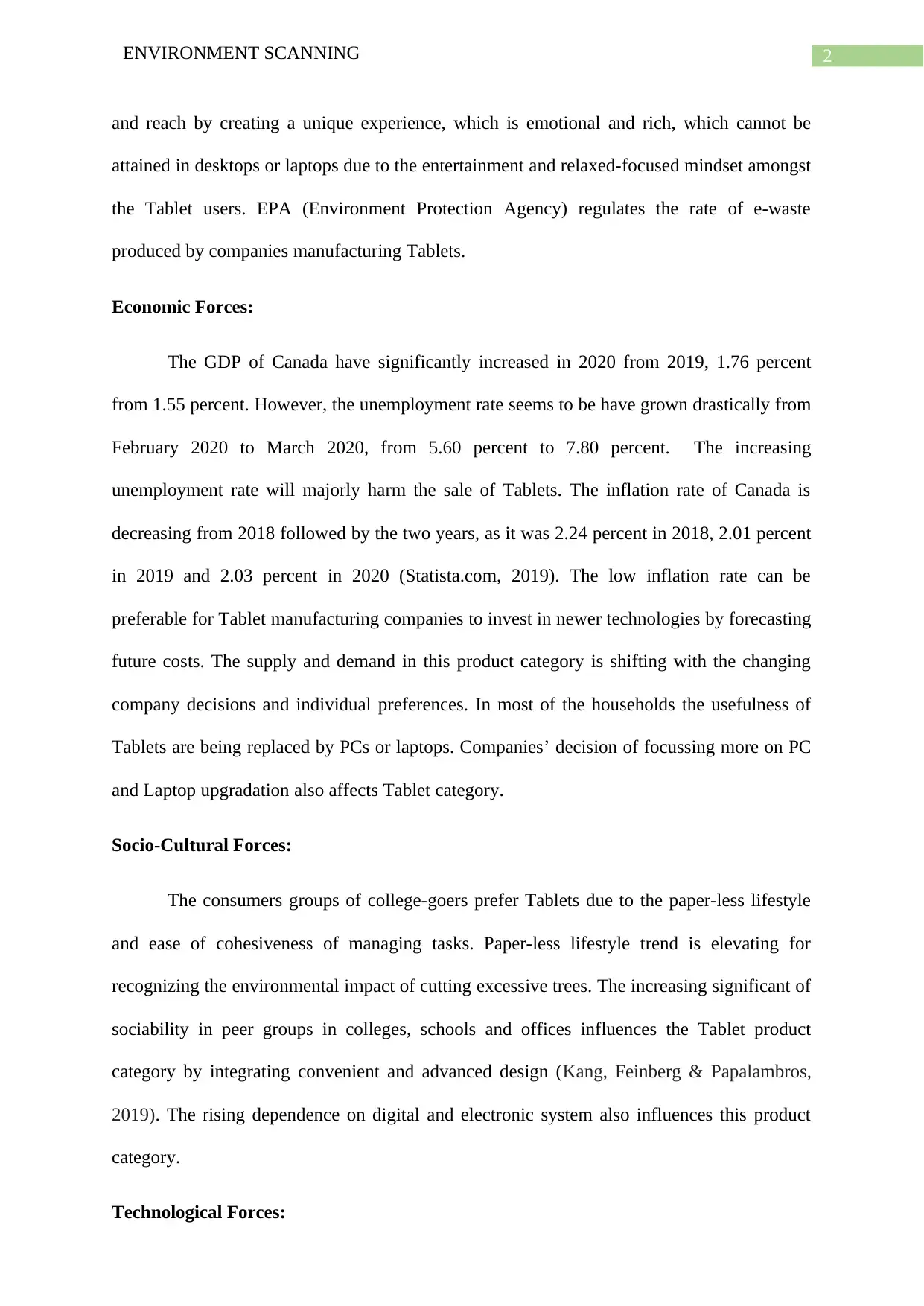

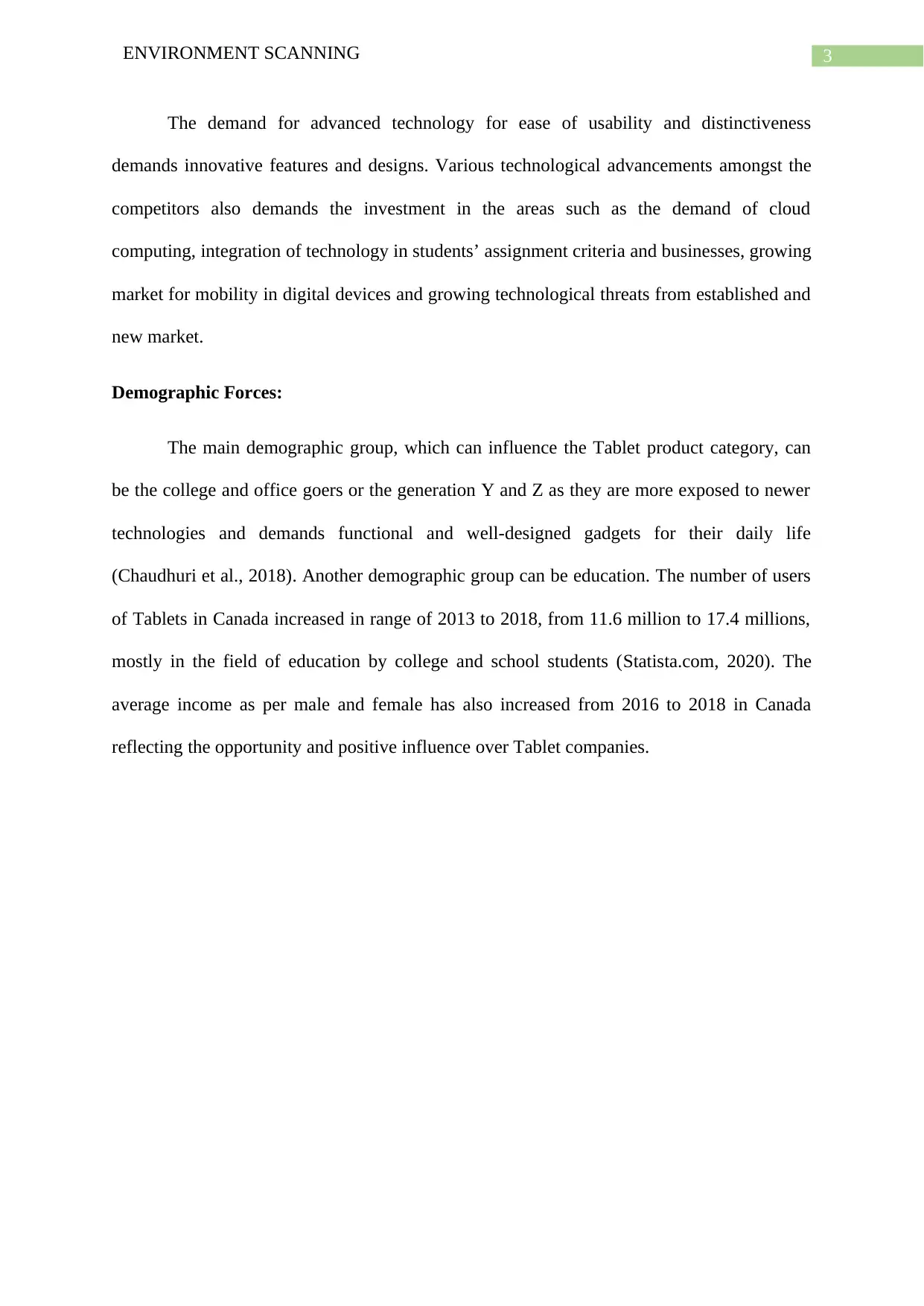
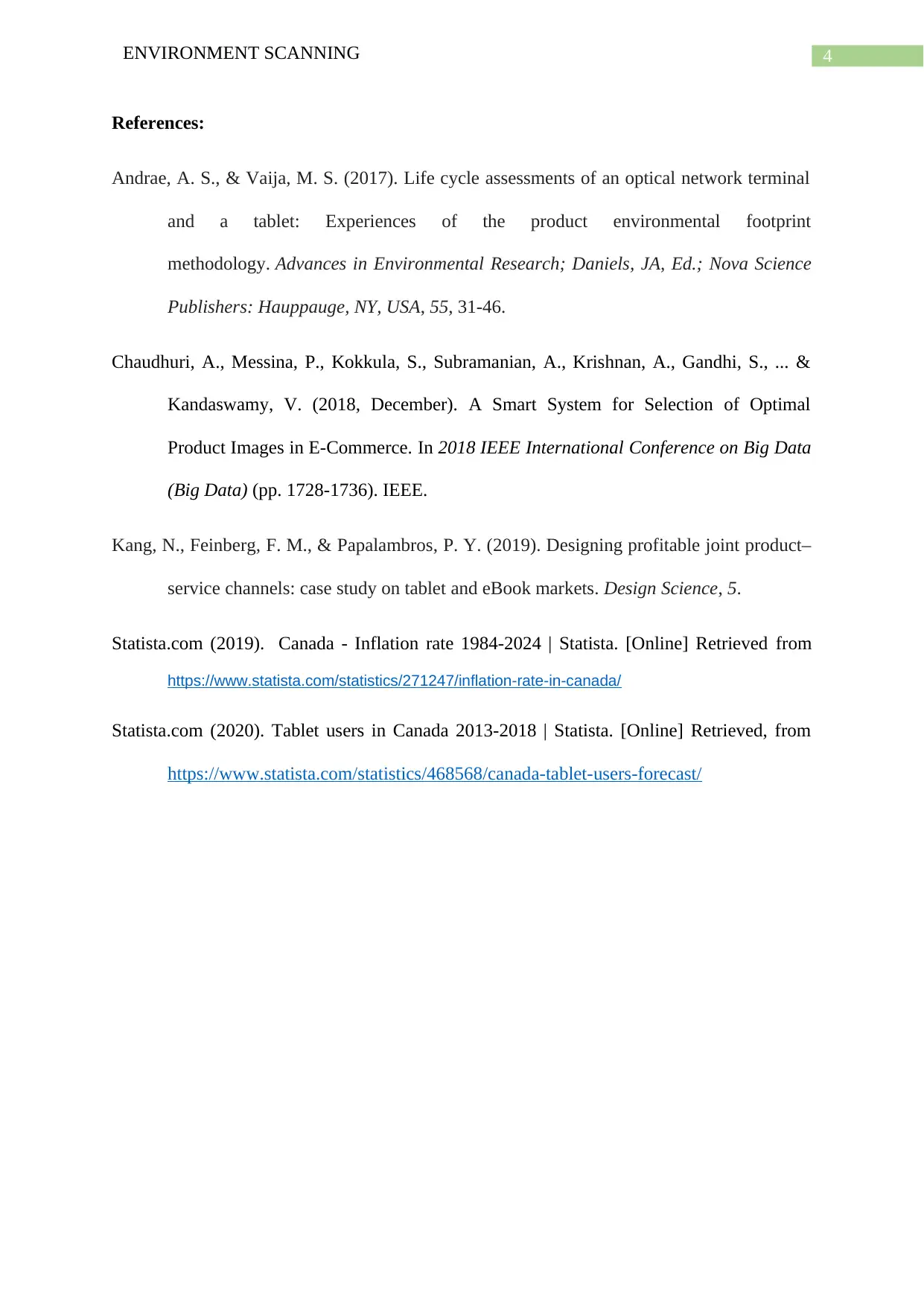

![[object Object]](/_next/static/media/star-bottom.7253800d.svg)